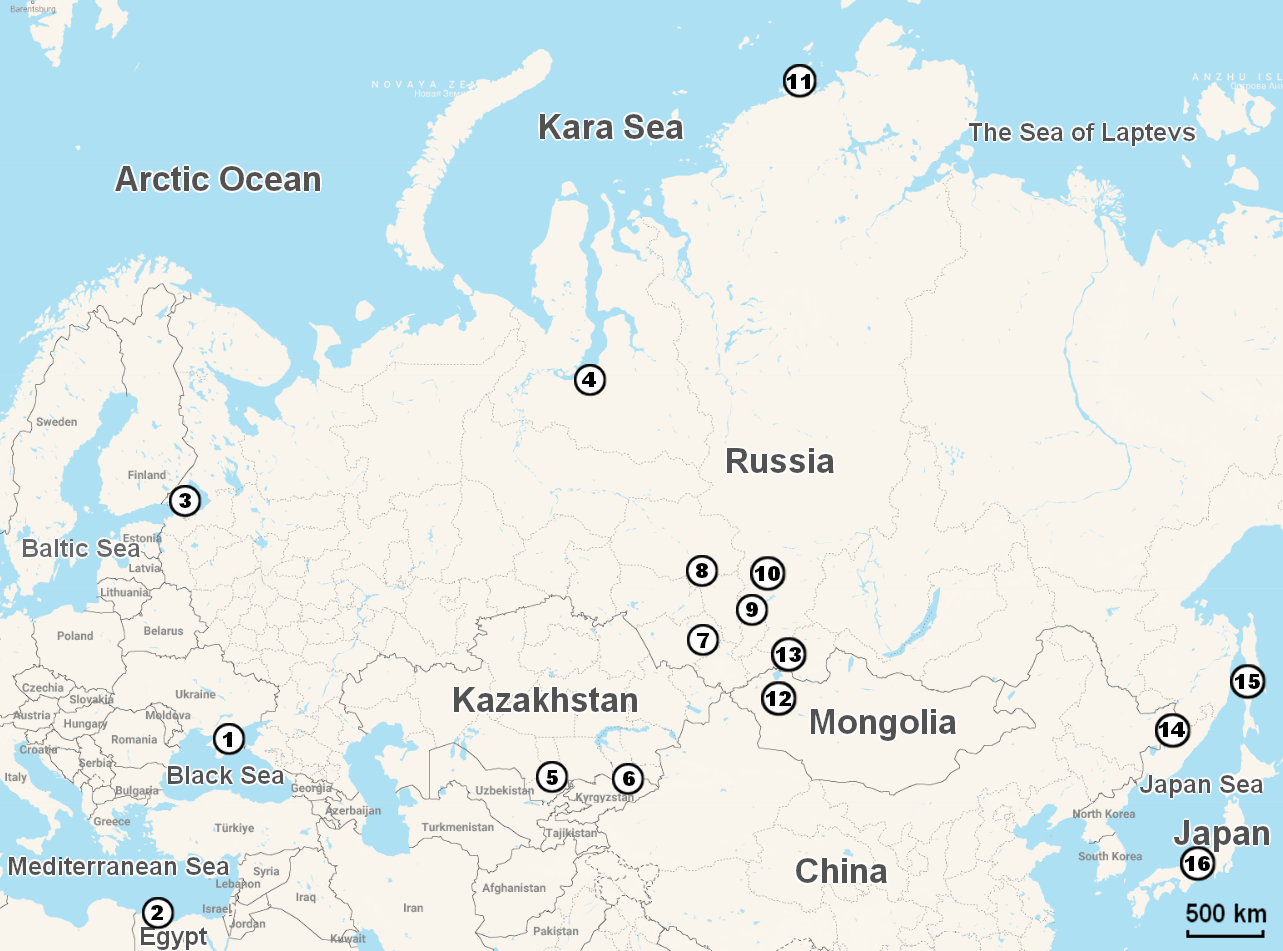Biologists fr om Tomsk State University are studying the accumulation of microplastics in living objects. They studied more than 460 wasps fr om six countries. According to the results of the analysis, the highest concentration of microplastic particles was found in insects collected in Leningrad Region, the lowest - in Crimea, South Kazakhstan Region and Matrouh Province in Egypt. Presumably, synthetic particles enter the gut of wasps during feeding and nest building. The results of the study are presented in the Euroasian entomological journal .
- The object of our study was wasps of three genera: Vespa, Vespula and Polistes. In total, 466 specimens collected in Russia, Kyrgyzstan, Kazakhstan, Mongolia, Japan and Egypt were studied for microplastic contamination, says Anastasia Simakova, Head of the Department of Zoology of Invertebrate Animals at the TSU Biological Institute. - We recorded fibers of different lengths - black, blue, colorless fibers, as well as orange, red and blue fragments.

Photo by TSU Biological Institute
As noted in the article, the accumulation of microplastics by wasps is not equal in different regions, the largest amount of particles was found in the territories near the World Ocean. The region with the highest microplastic content in wasps was Leningrad Region, wh ere the average amount of microplastics per wasp amounted to 4.00±2.00 units per individual. Besides, a high content of particles was recorded in wasps collected in Primorsky Krai and Sakhalin Oblast.
The regions with the lowest content of microplastic and anthropogenic fibers in wasps were the Crimean Peninsula, South Kazakhstan Oblast and Matrouh Province in Egypt, wh ere the content of microplastic particles was significantly lower.
The most common type of particles were transparent and black fibers, the length of the latter being more than one millimeter. Their source is most likely to be items from the textile industry. Plastic fragments were much less common and were not recorded in wasps collected in most of the studied regions. The total number of black fibers found in wasps was 173 particles - 30.6% of the total number of particles.
- Thus, we found out that terrestrial insects can accumulate microplastics and anthropogenic fibers and participate in their distribution in terrestrial ecosystems, says Anastasia Simakova. - Presumably, wasps consume microplastics during feeding (rotten fruit, larvae of other insects, etc.) and nest building (paper industry waste, wood).
The next step in the study of microplastics accumulation and its influence on living organisms will be the analysis of morphological features of contaminated insects: abdominal coloration, wing veining and others.
It is worth noting that in 2024 TSU biologists found that microparticles of synthetic material can suppress the immunity of mosquito larvae. This reduces the resistance of blood-sucking insects to insecticides and pathogens.
The study was conducted within the framework of the TSU strategic project "Global Earth Changes: Climate, Ecology, Quality of Life" with the support of the federal program "Priority 2030".






